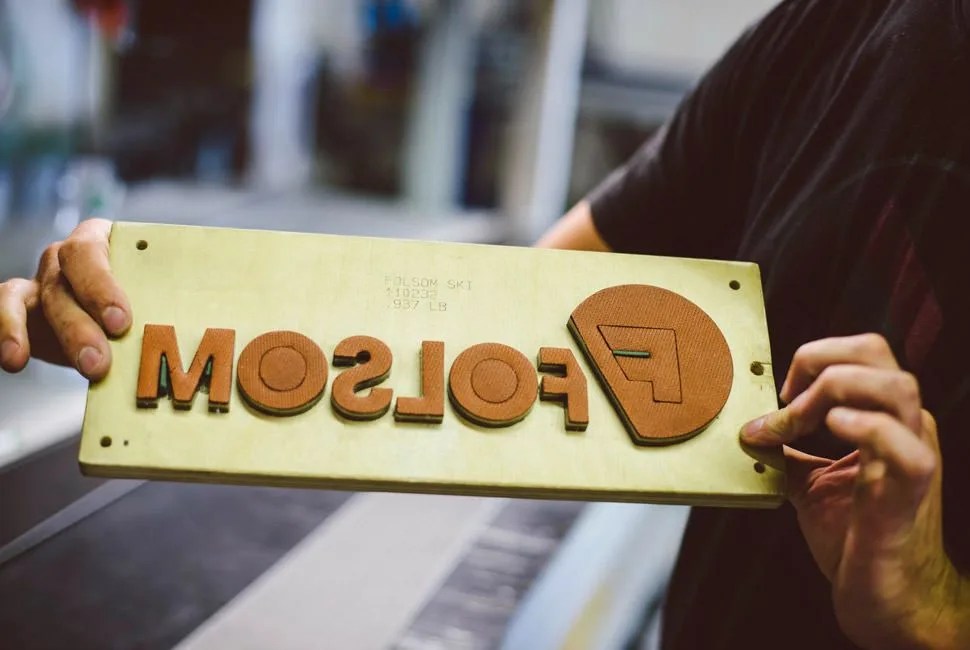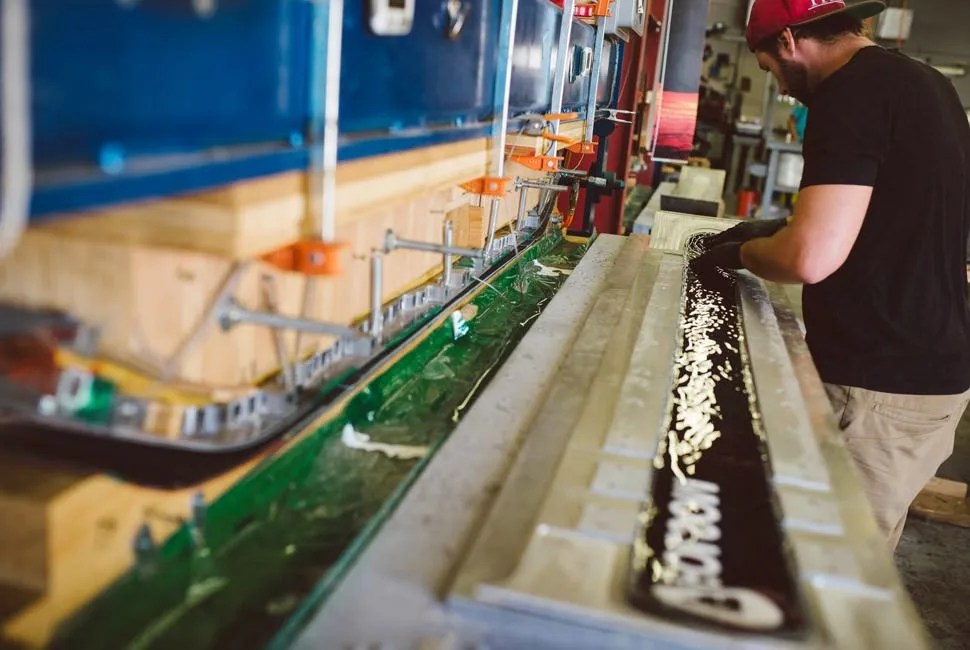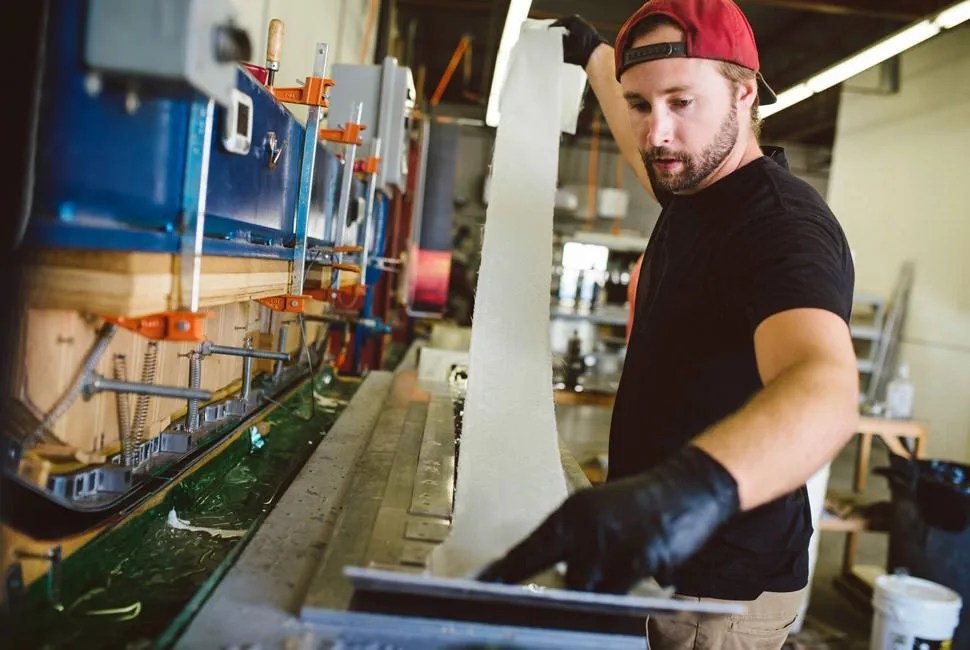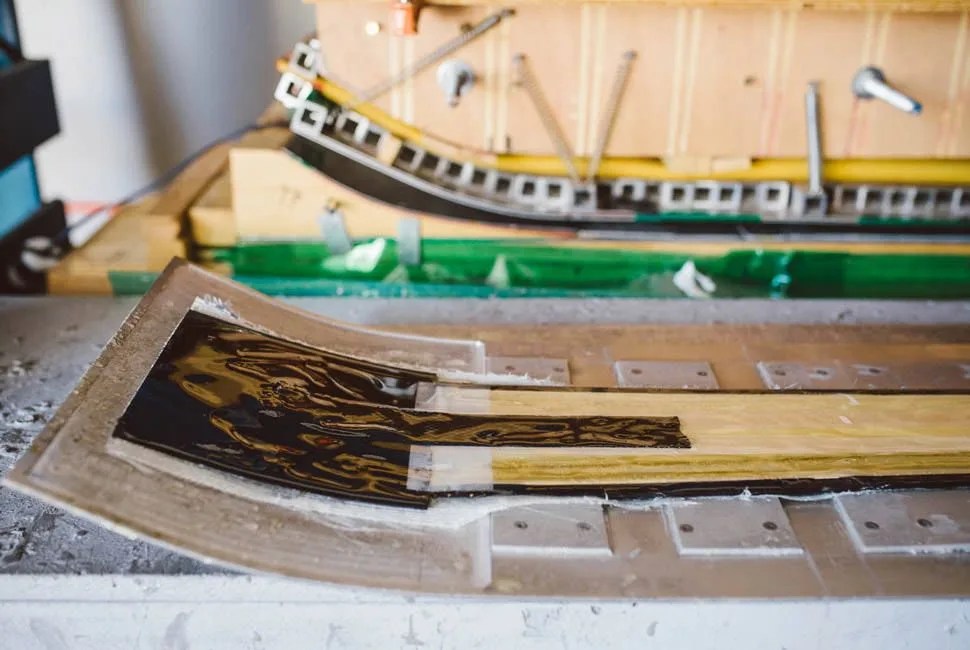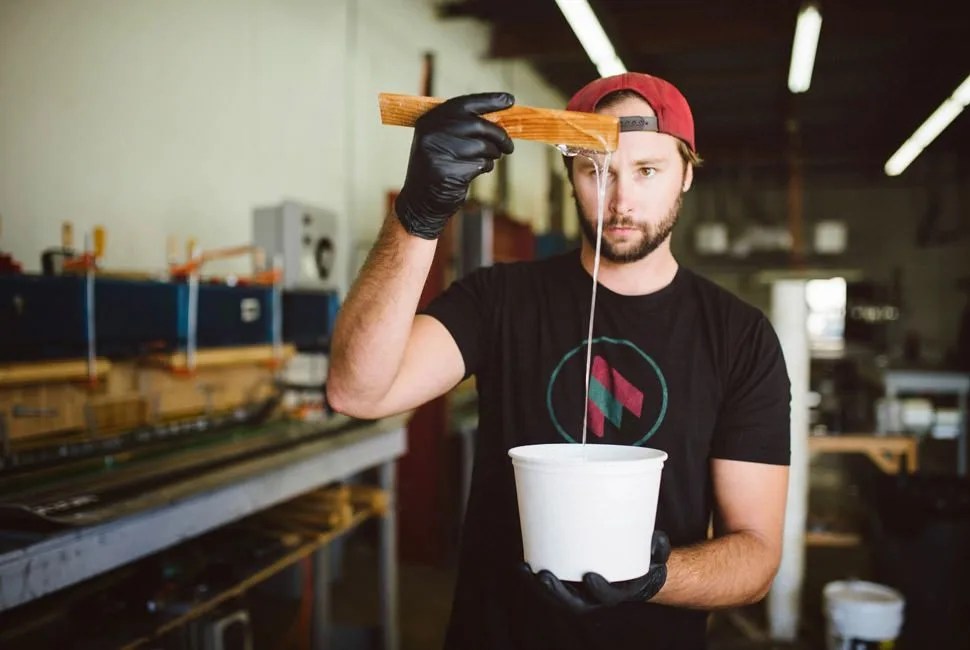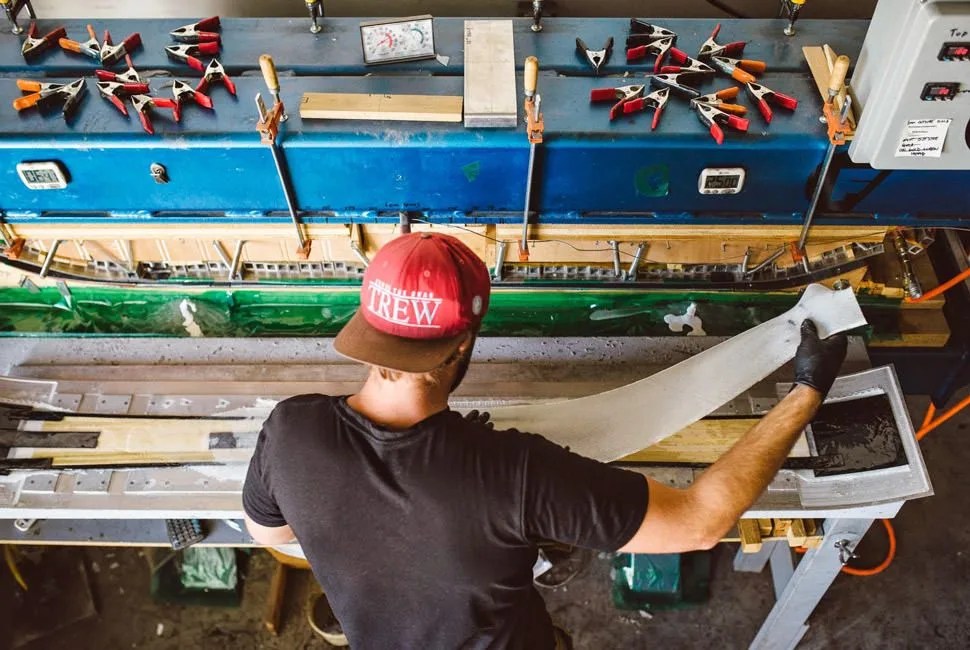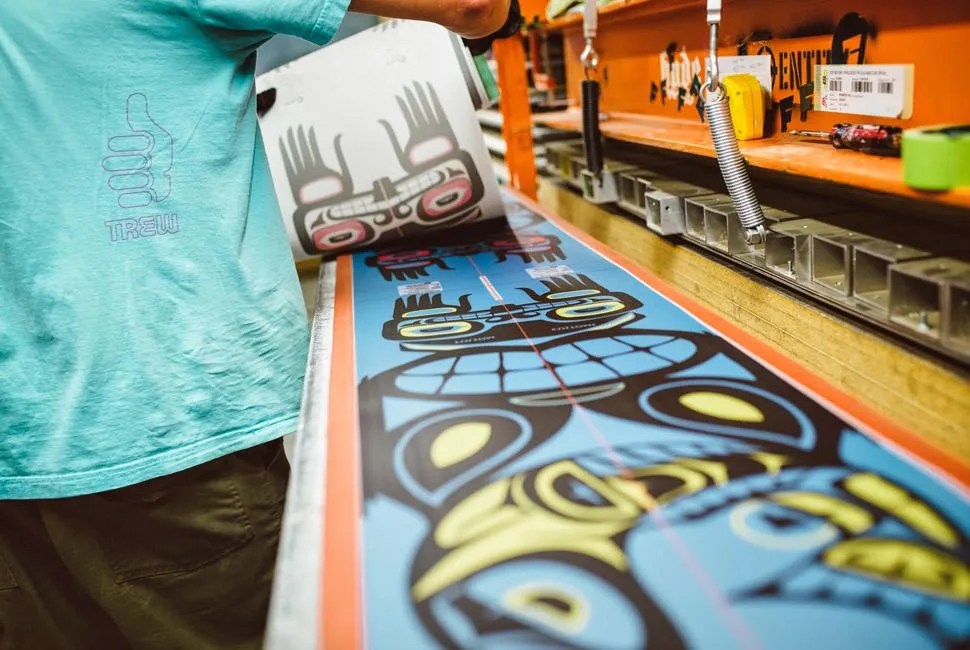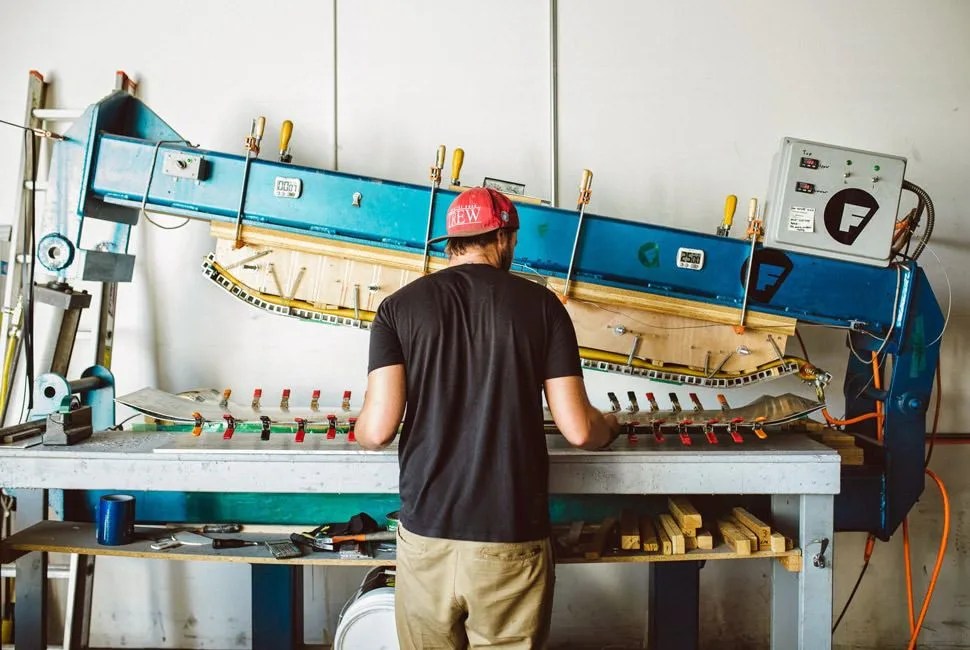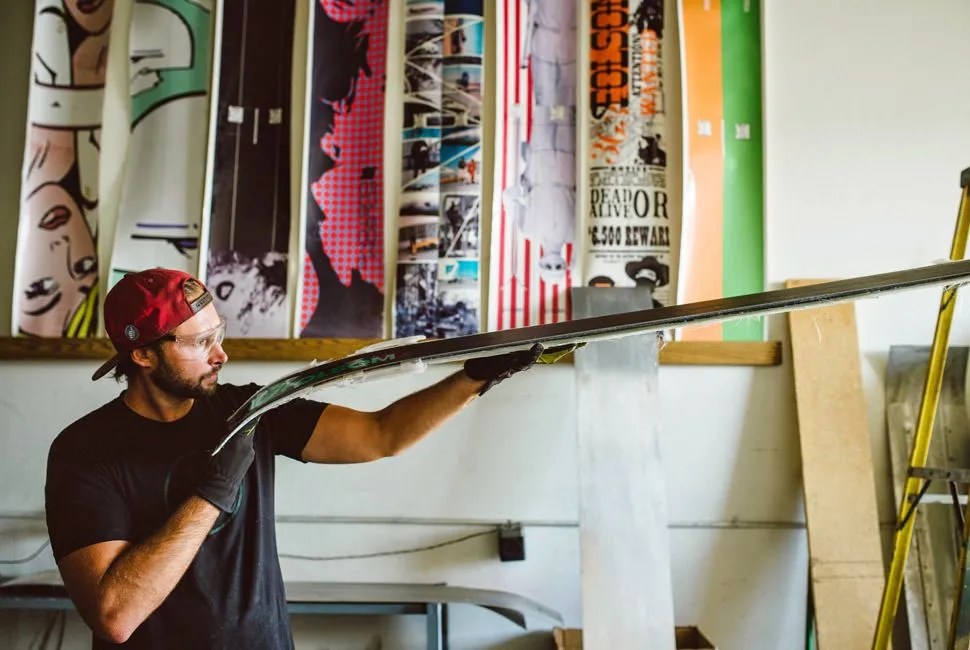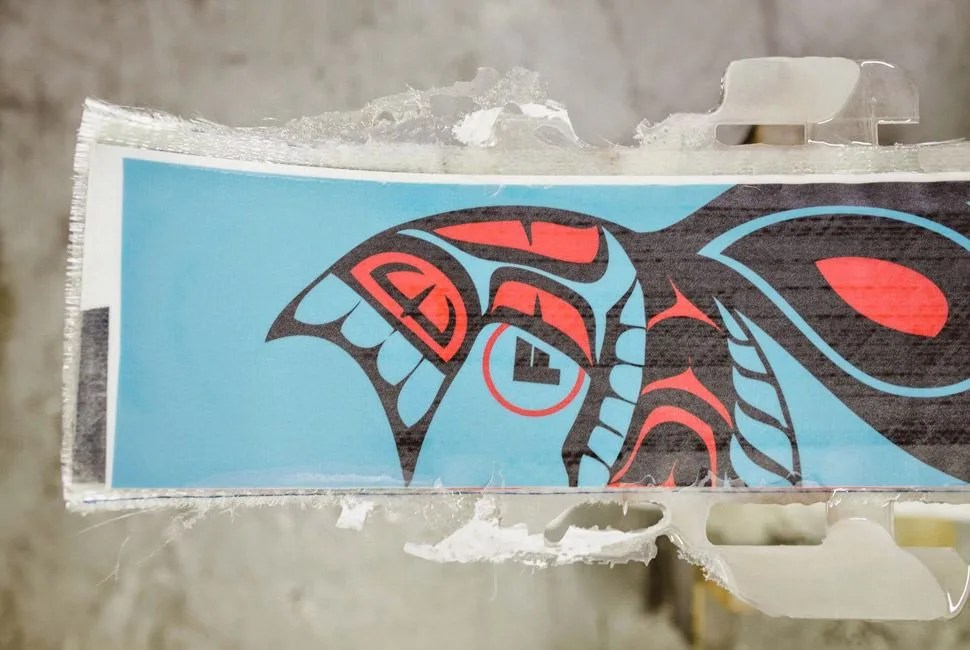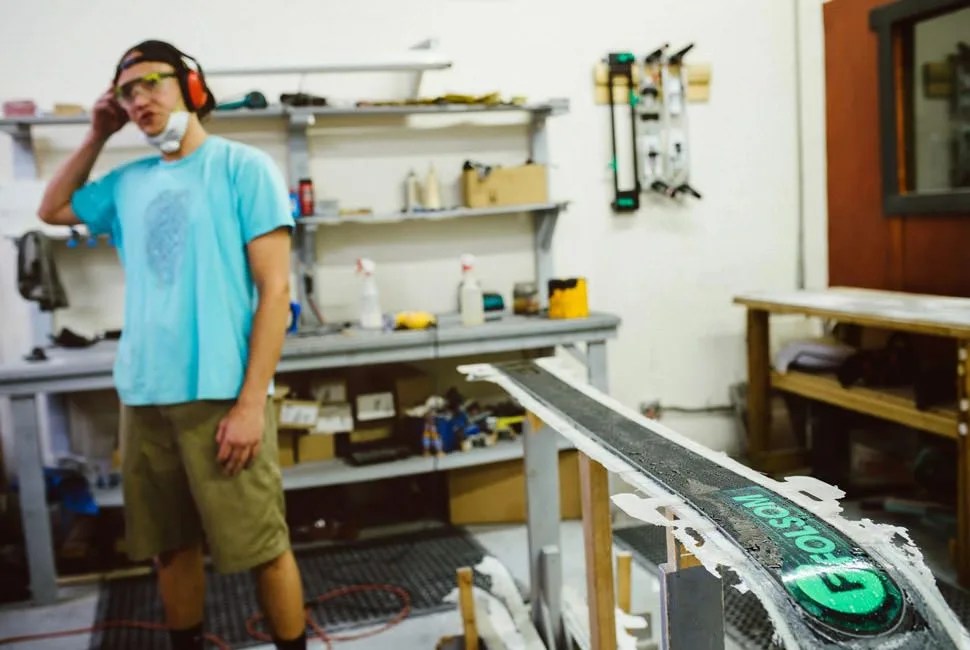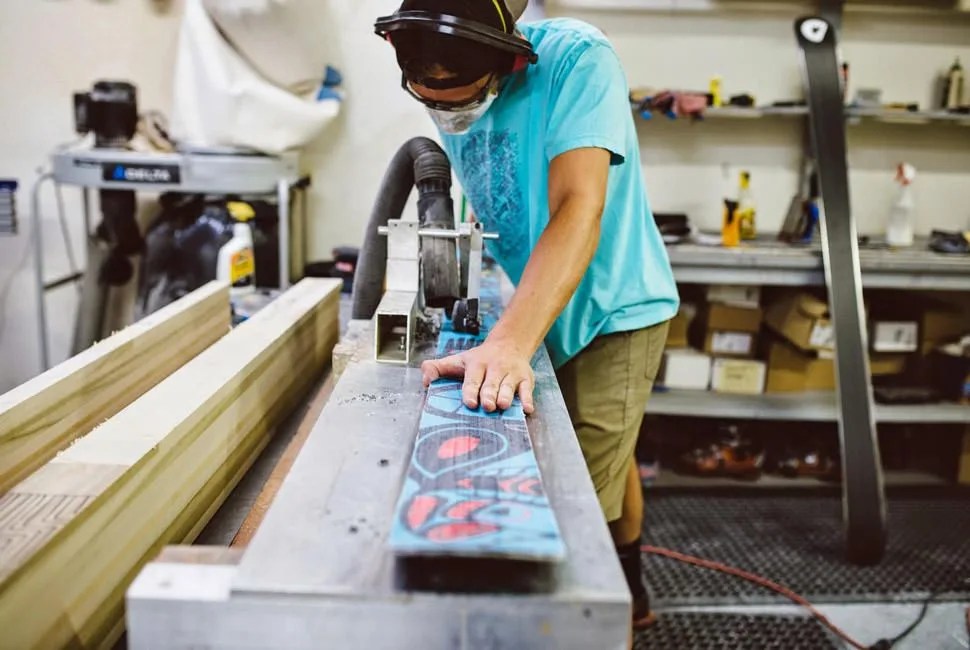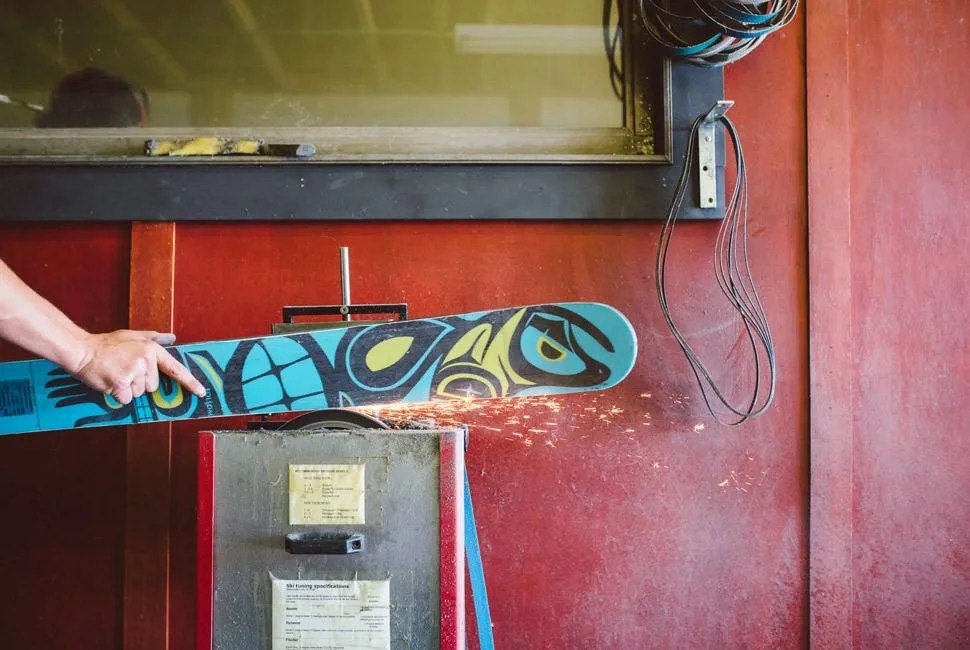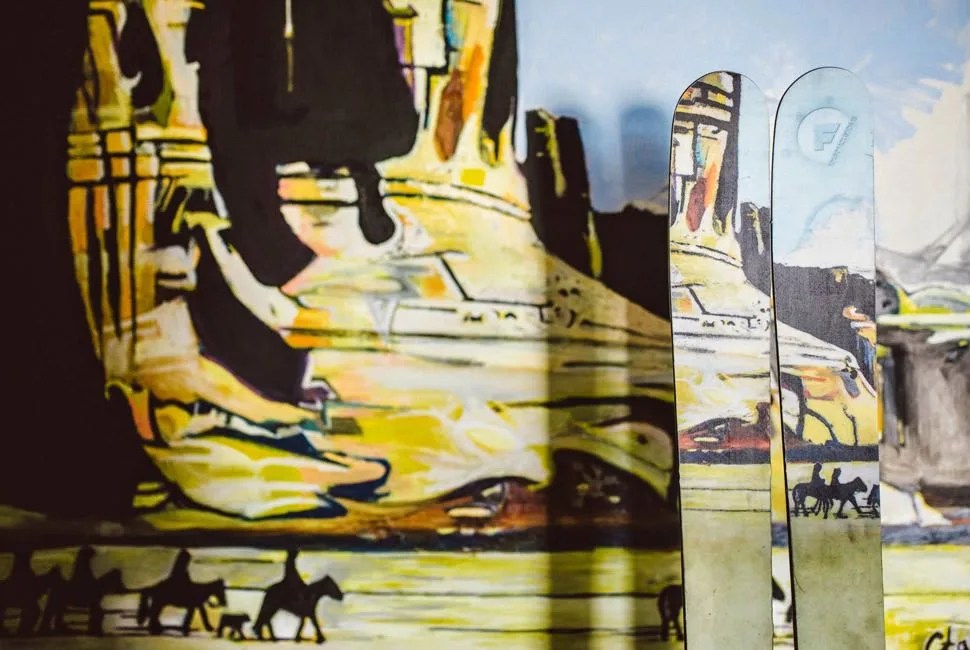When college buddies Mike McCabe and Ryan Prentice took over Folsom Custom Skis in 2011, the Colorado-based company was producing 180 pairs of skis a year. Today, that number is up to 300. A 67 percent increase in business by a two-person operation in four years is nothing to sneeze at, yet 300 still doesn’t exactly jump off the page, especially when you consider a company like Atomic makes over 500,000 pairs of skis a year.
Welcome to the world of custom ski-making, where it’s not about creating skis — it’s about creating your skis. Prerequisites go far beyond just measuring an individual’s height and weight. Folsom designs skis based on ability and terrain preferences, even going as far to match skis to a specific mountain. As you might imagine, that takes a bit of time.
McCabe compares custom ski-making to craft beer: the history of production here in the States isn’t as long as in other parts of the world, but the industry is certainly doing its best to catch up. And just as craft brewers have emerged to battle the big boys abroad and at home, so too have custom skis.
And yet unlike the relatively transparent process of making beer, making skis is a mysterious process for most consumers. From the client evaluation to the material selection to the tedious labor, one thing’s clear: McCabe and Prentice are patient, patient men. Together, they recently walked us through a pair’s laborious creation process.
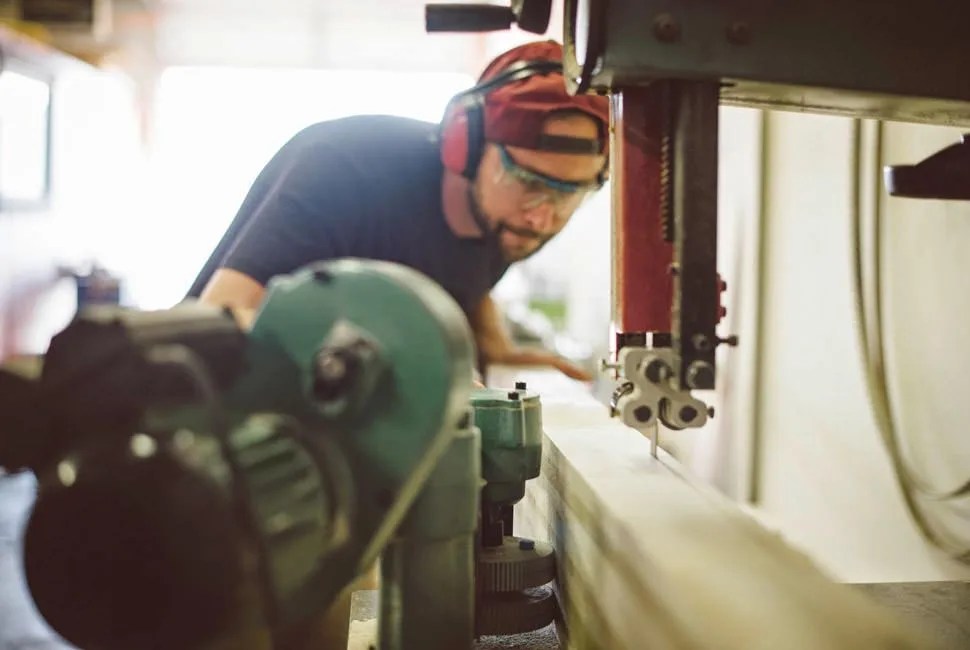
1 The first step is a conversation with the customer. What sort of skier are they? What type of terrain do they usually ski? The answer will determine the ski’s shape, flexibility, and makeup.
The type of wood used depends on the type of ski. Maple, a heavy wood, is used for extreme, sturdy builds, for example. For every 100 boards of wood McCabe inspects, he will select only 10. They are the backbone of the ski, and they can’t have knots or imperfections. Individual wood sheets are stacked and secured on top of one other, with a sheet of bamboo in the center. Think of it as a sandwich, with the maple as the bread on either side of the bamboo. This “sandwich” is then sliced, so to speak, by a CNC machine to create the core of the ski.

